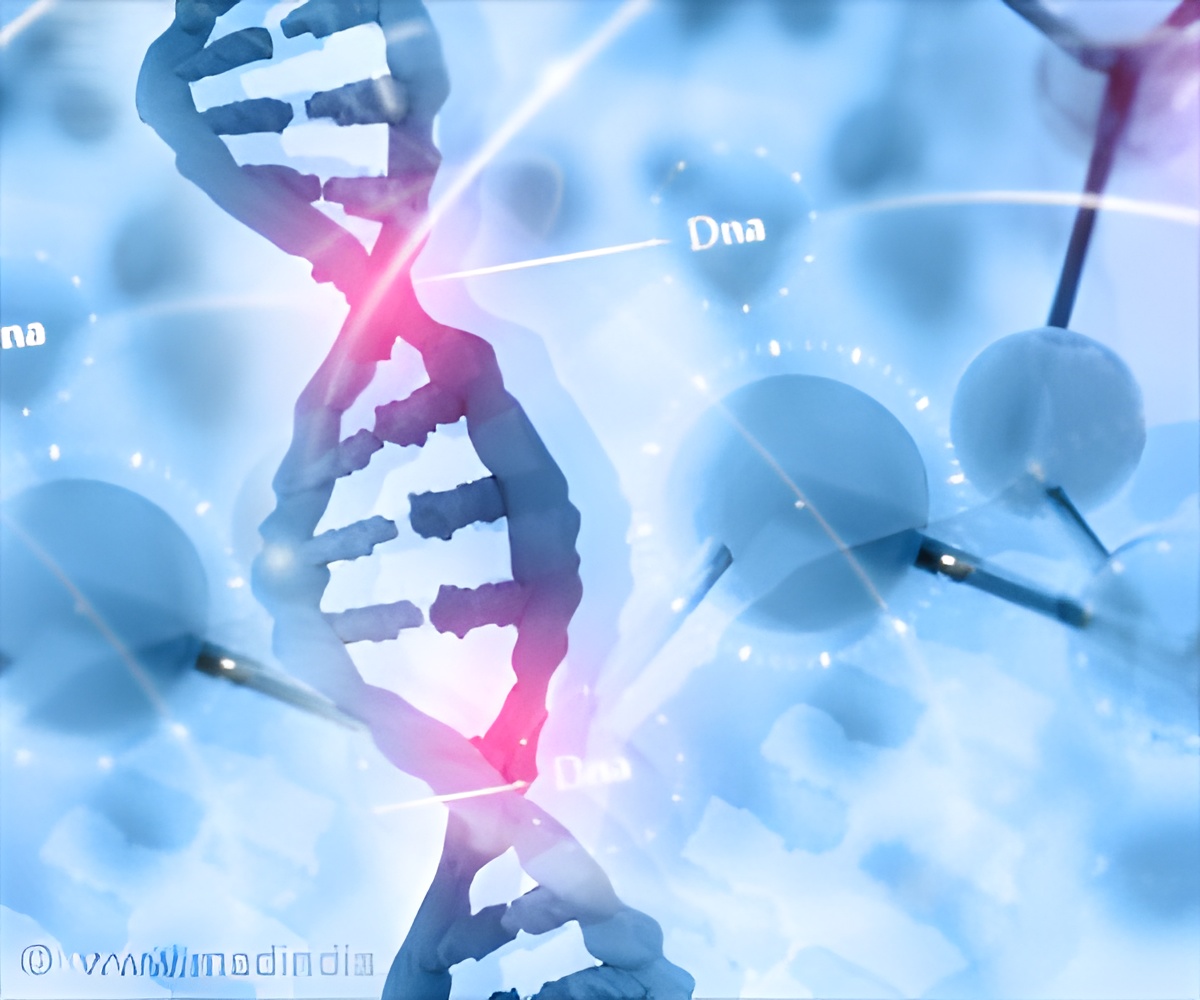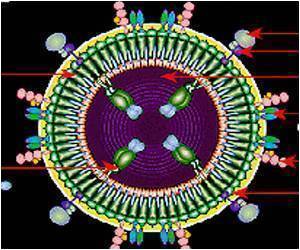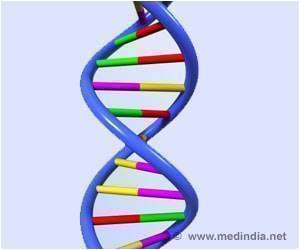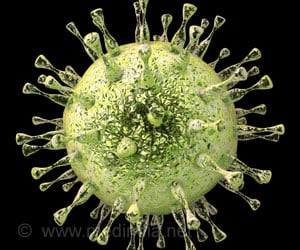
‘A minimal genome contained in a brand-new bacterium dubbed JCVI-syn3.0 carries only 473 genes but can function and reproduce on its own, helping unveil mysteries of life.
’
Tweet it Now
But lead researchers Craig Venter - the first to sequence the human genome -- and Clyde Hutchinson and their colleagues have not yet determined the functions of 149 of the genes, about a third of the total. "Investigators' first task is to probe the roles of those genes, which promise new insights into the basic biology of life," said Chris Voigt, a synthetic biologist at Massachusetts Institute of Technology who did not participate in the research.
But several potentially homologous genes have been found in other organisms, suggesting they encode universal proteins with functions that for now remain undetermined.
Researchers used a design-build-test process to identify quasi-essential genes, which are required for robust growth but not for life. The study was published in the journal Science.
Through a series of experiments, they obtained a synthetic, reduced genome that was as small as possible because no more genes could be disrupted.
Advertisement
"The only way to answer basic questions about life would be to get to a minimal genome. Probably the only way to do that would be to try to synthesize a genome," Venter explained in a teleconference.
Advertisement
"If you know nothing about airplanes and you're looking at (a Boeing) 777 and you're just trying to find out functions of parts by removing them, and you remove the engine from the right wing, the airplane can still fly and land," Venter explained.
"So you might say that's a nonessential component and you don't really discover the essentiality until you remove the second one. And that's what's happened over and over again in biology where we would have what appeared to be a non-essential component until we removed its counterpart."
In one critical finding, researchers learned that some genes initially classified as "non-essential" in fact perform the same essential function as a second gene, meaning one of the pair of genes must remain in the minimal genome.
The minimal genome does not have genes that can modify and restrict DNA and it also lacks most genes that encode lipoproteins.
However, the genome contains nearly all genes involved in reading and expressing the genetic information in the genome, as well as in preserving genetic information across generations.
"It's an important step to creating a living cell where the genome is fully defined," said Voigt.
Source-AFP









